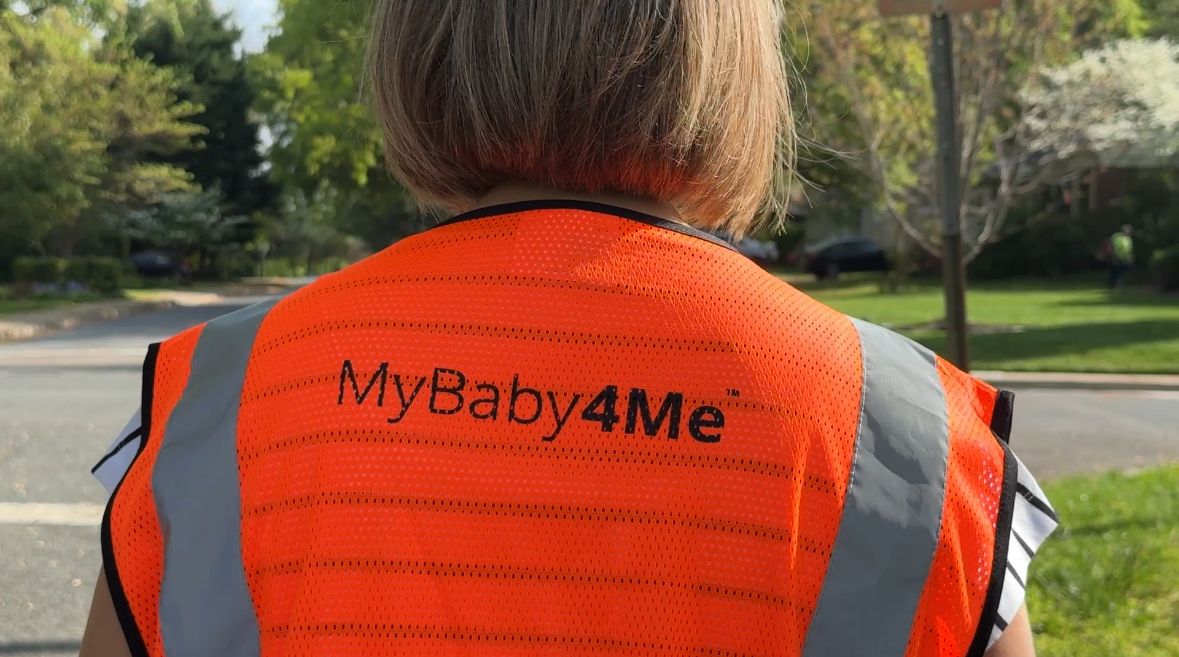OHIO — Nursing homes and assisted-living facilities are asking their frontline workers to work even more, according to the American Health Care Association and the National Center for Assisted Living.
That's because understaffing at facilities all across the country doubled during the pandemic.
"Ohio is actually right in the middle," said Marlena Del Hierro, a gerontologist and vice president of partnerships with Seniorly. “They’re still very much affected by the staffing shortages.”
At the end of January 2022, she said, “You're looking at a 25% shortage that was reported, which is an increase from the beginning of the pandemic of 2020.”
Seniorly also released results from its own study and found it was a struggle to hire new frontline workers. Del Hierro said the No. 1 factor is because the country went through a pandemic, “and this population was one of the highest populations that was actually affected when you're looking at the COVID-19 deaths. There's also just a consistent, low pay when it comes to these nurses, these caregivers in these communities. So it's not as attractive at times an occupation to go toward, because it's very demanding emotionally and physically in these properties and then you're just looking at the demand in general, there's a continuous demand increase for needed caregivers because the population is continuing to age over 65. So you're, those are kind of the main three reasons why you're looking at this shortage.”
As a result, there are now large percentages of nursing homes and assisted-living facilities that are now concerned about the possibility of closing. Del Hierro said for some, closures have already occurred.
“You're already seeing that communities have the effect of the pandemic and the shortage has affected their ability to stay and maintain their business," Del Hierro said. “The good thing is that communities are accepting residents. At one point, they weren't because of the pandemic. So, that is just a good thing. And they know they have to be flexible when it comes to managing these caregivers and making sure that they have autonomy in their workspace. When it comes to rural areas, you can look at rural areas as what are the opportunities for the actual occupations in that area and potentially if you're looking at cities, payment in maybe larger cities, they’re gonna be able to pay their caregivers higher. You know, there is an effect in rural areas if you can’t pay that caregiver a competitive salary rate.”











